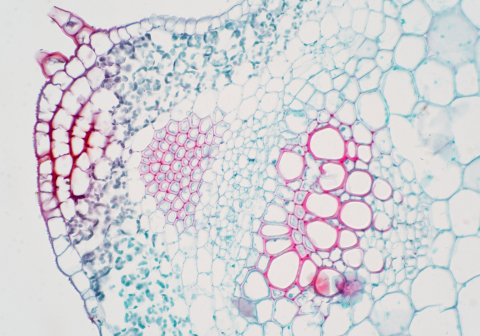House No.-47, Sector 52 Near Gate No.-3, Ardee City Gurugram -122003



Modern medical advancements offer diverse surgical options involving opening the body to remove or insert objects. Unlike traditional methods with large incisions, modern techniques like “keyhole surgery” use smaller incisions, reducing scarring and speeding recovery.
General surgery covers various anatomical areas, including specialized and routine procedures. It’s a recognized approach for various health conditions. Our commitment to comprehensive surgical solutions is seen in our broad hospital network, offering tailored care for diverse health concerns.



This minimally invasive method uses robotic arms and advanced imaging for digestive system procedures. It’s used for conditions like colon cancer, offering benefits like smaller incisions and shorter hospital stays.

A procedure to extract tissue or cells for microscopic examination, often used to diagnose conditions like cancer. Can involve needles or minor incisions.

Addresses lung-related issues, including removal of lung segments or whole lungs for conditions like lung cancer or pneumonia. Minimally invasive methods like VATS or robotic-assisted surgery may be used.
Minimally invasive radiofrequency ablation treats venous reflux disease. A catheter seals the affected vein using radiofrequency energy, leading to vein absorption. Outpatient procedure with a quick recovery, beneficial for varicose veins.
Specialized in treating injuries from accidents or trauma. Performed in emergencies, trauma surgeons manage a wide range of injuries from minor to severe.
Focuses on chest cavity operations involving heart, lungs, and major blood vessels. Treats complex conditions like heart disease, lung cancer, and congenital heart defects, requiring specialized training and advanced tools.